Day 1: Touchdown in the Culinary Capital
Stepping off the plane at Guangzhou Baiyun Airport, the humid air carried the promise of culinary wonders. After dropping my bags at the hotel near Shangxiajiu Pedestrian Street, I dove headfirst into Cantonese cuisine at a midnight zhe zhai (claypot) joint. The sizzling sound of beef and ginger hitting the scorching claypot was my welcome symphony. At 2 AM, locals were still slurping congee – a testament to Guangzhou’s 24/7 food culture. My first lesson? In Guangdong, eating is not just sustenance; it’s a way of life.
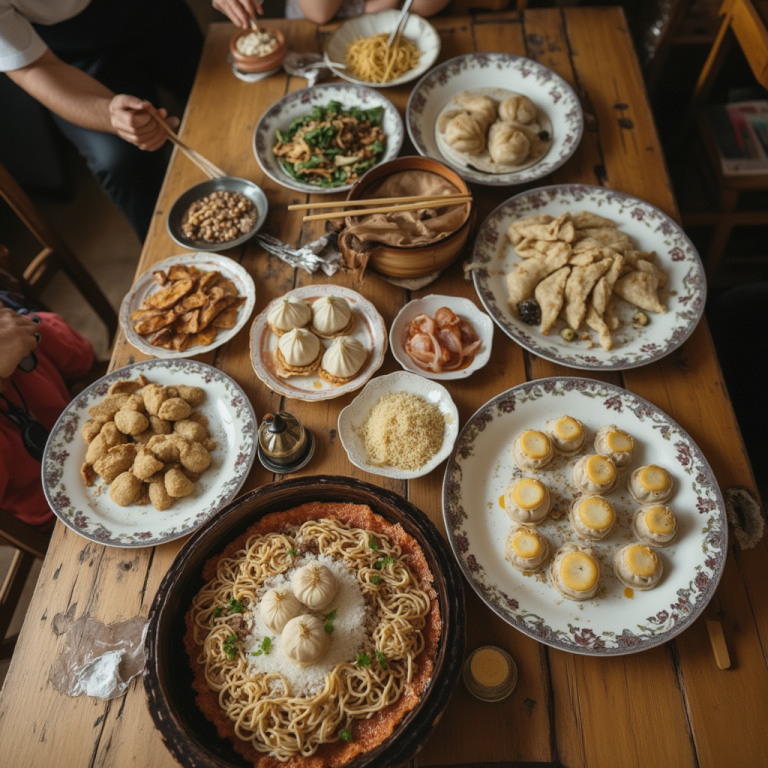
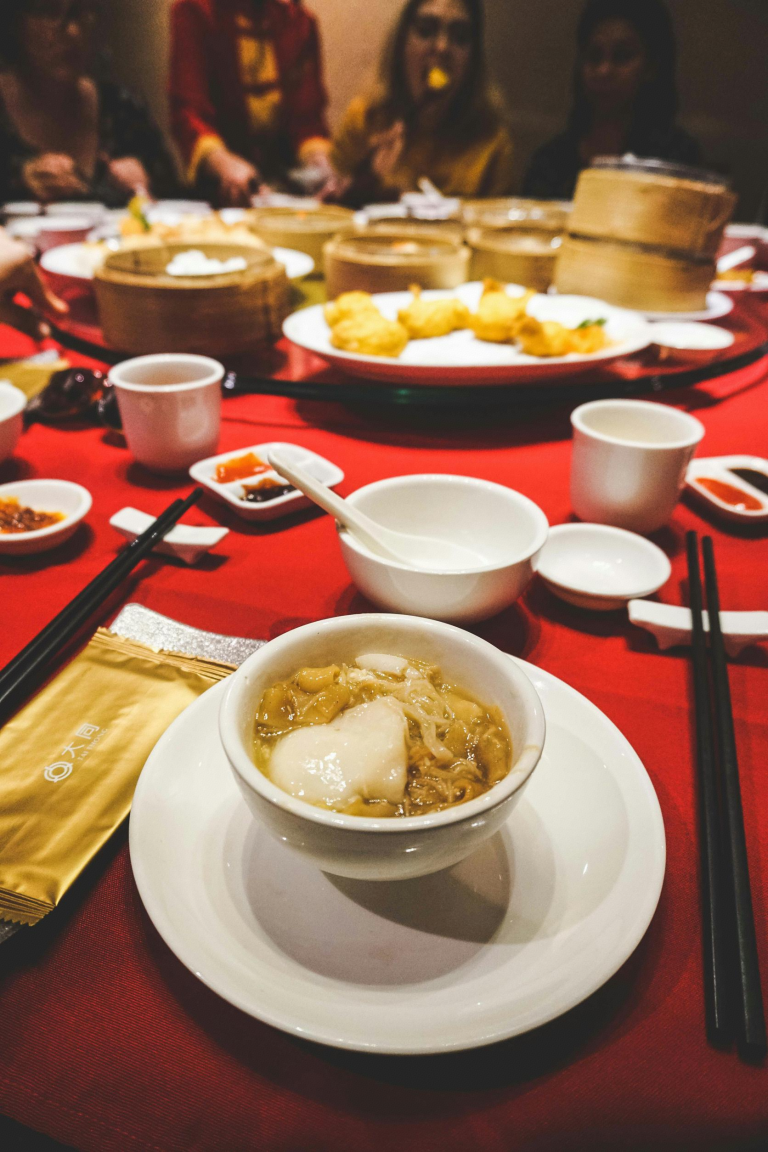
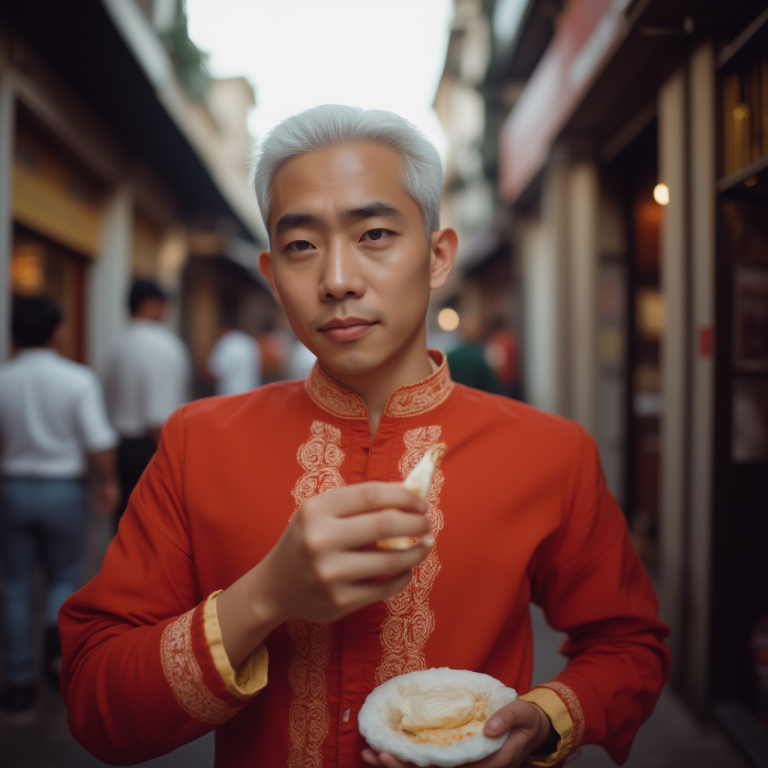
Day 2: Dim Sum Dreams & Market Treasures
Morning began at Tao Tao Ju (est. 1880!), where bamboo steamers transformed the table into an edible landscape. The har gow (shrimp dumplings) had translucent skins that shimmered like stained glass, while liu sha bao (salted egg yolk buns) erupted in golden lava. Pro tip: Come before 10 AM for 30% discount! Afternoon led me to Huangsha Seafood Market – an aquatic wonderland where I selected live mantis shrimp that chefs later transformed into buttery-sweet perfection. Dinner at Fu Lin Restaurant featured their legendary crispy pork knuckle – crackling skin giving way to melting fat, served with delicate steamed buns.
| Must-Try Dim Sum | Price (RMB) |
| Har Gow (Shrimp Dumplings) | 28 |
| Siu Mai (Pork & Shrimp Dumplings) | 26 |
| Char Siu Bao (BBQ Pork Buns) | 22 |
| Cheong Fun (Rice Noodle Rolls) | 25 |
| Egg Tarts | 18 |
Day 3: To the World’s Food Capital
A 30-minute train ride transported me to Shunde – UNESCO’s Creative City of Gastronomy. First stop: Feng Cheng Restaurant for their hua jiao zheng yu (fish steamed with Sichuan peppercorns). The delicate flesh absorbed the floral-spicy aroma without overpowering its natural sweetness. But the true revelation was double-skin milk pudding at Ren Sheng Milk Shop. Made with water buffalo milk, its silken texture carried caramelized notes that made me understand why people pilgrimage here. Dinner was Shunde’s famous raw fish salad – paper-thin slices mixed with herbs, nuts, and oils, creating a textural symphony.
“In Shunde, chefs treat ingredients like lovers – with reverence, understanding, and just enough daring.”
Day 4: Porridge Pots & Golden Roasts
Morning began with a cooking class in Huanglian Village – learning the art of congee hotpot. We simmered rice until it dissolved into velvet, then cooked seafood in this milky bath. The magic? Ingredients emerged impossibly tender, wrapped in starch’s protective embrace. Lunch at a century-old mansion featured malt sugar roast goose – lacquered skin giving way to fragrant fat and juicy meat, served with plum sauce that balanced richness with acidity. Evening brought me to Xing Long Restaurant for bao zai fan (claypot rice) with caramelized edges scraped into the fluffy grains – the Cantonese answer to Spanish paella’s socarrat.
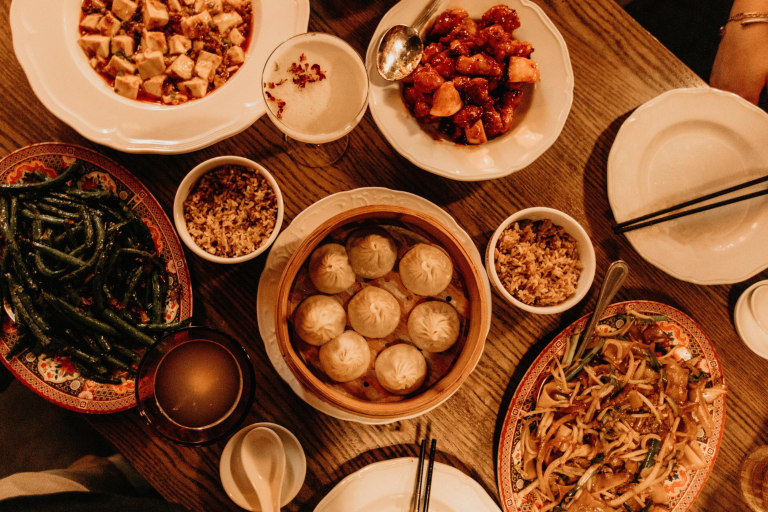
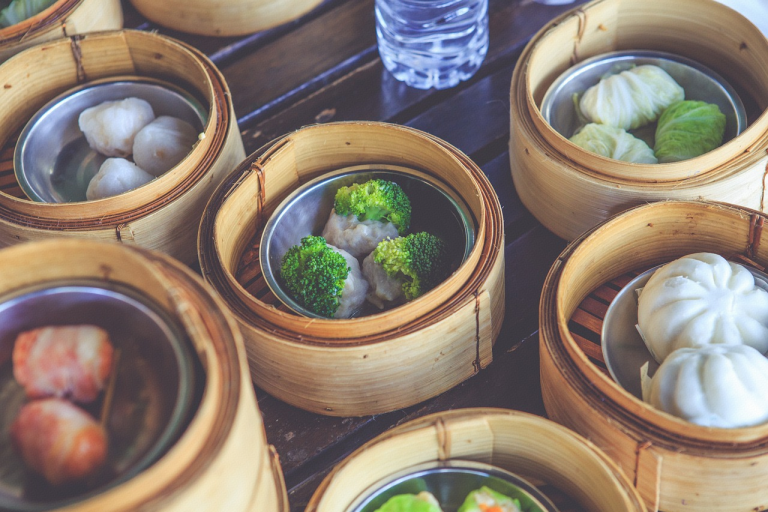
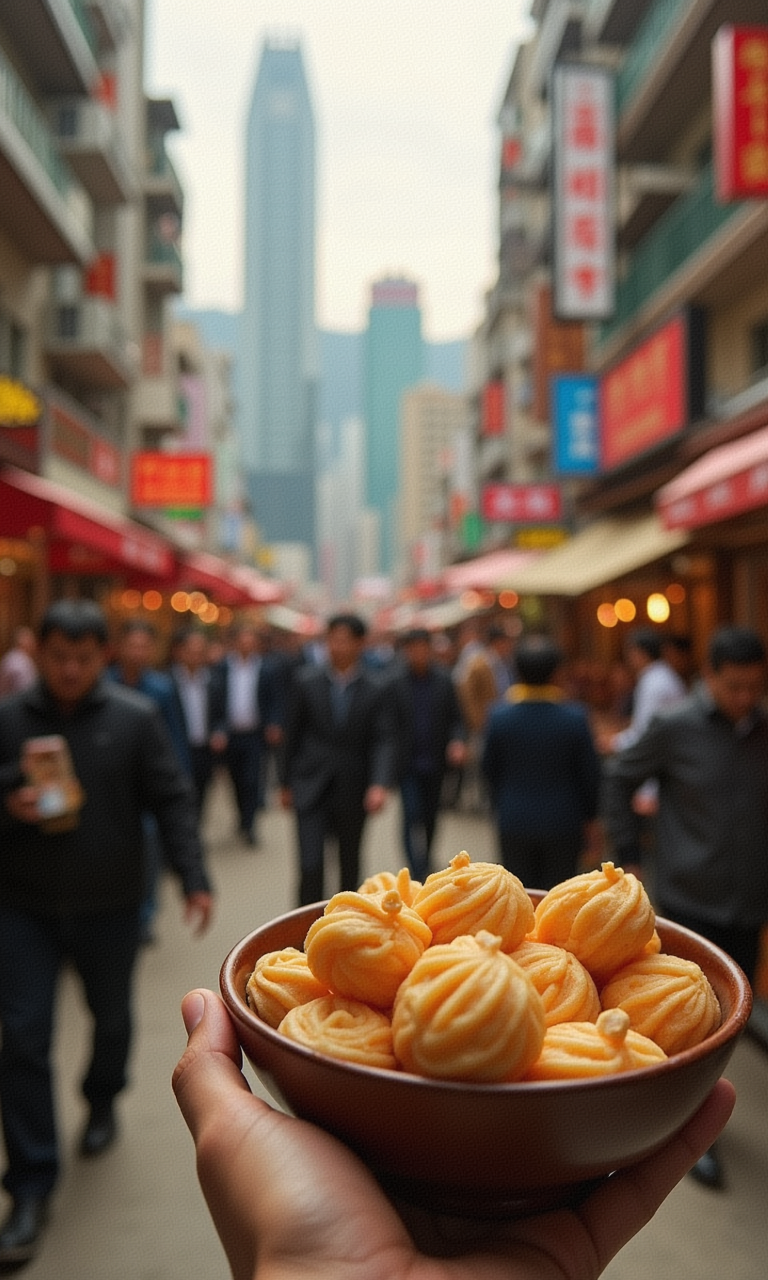
Day 5: Teochew Traditions in Chaozhou
A high-speed train whisked me to Chaozhou, where Teochew cuisine reigns. At Old Teahouse Restaurant, gongfu cha (tea ceremony) accompanied delicate oyster omelets – crisp edges yielding to briny centers. But the showstopper was yu sheng (raw fish salad), where we chanted “lo hei!” while tossing ingredients skyward for prosperity. Evening brought me to Guangji Bridge’s light show before settling at a dai pai dong for braised goose with fragrant rice – every grain separate yet infused with masterstock.
Day 6: From Ancient Streets to Seafood Feasts
Morning in Chaozhou’s ancient quarter revealed artisans pounding muar chee (glutinous rice cakes) and vendors selling chaozhou xiang la (spiced dried meats). Lunch was huo long guo – fiery hotpot where I cooked delicate fish slices in numbing-spicy broth. An hour’s drive to Shantou brought me to seafood paradise: at Xin Mei Zhou restaurant, I feasted on drunken crab marinated in Shaoxing wine and sheng jian bao (pan-fried buns) bursting with soup. Warning: Teochew cuisine uses bold flavors – prepare your palate!
- Chaozhou Must-Eats: Braised goose, oyster omelet, fish balls, muar chee
- Shantou Specialties: Drunken crab, beef hotpot, oyster vermicelli
- Pro Tip: Visit Paifang Street at night for illuminated food stalls
Day 7: Beef Bliss & Night Markets
No trip to Shantou is complete without Chaoshan beef hotpot. At Wu He Di restaurant, I learned the sacred art: blanching paper-thin slices for precisely 8 seconds in clear broth before dipping in sha cha sauce. Each cut – from buttery snowflake to springy beef balls – showcased bovine artistry. Evening brought me to Longyan Night Market’s carnival of flavors: stinky tofu that smelled like gym socks but tasted like heaven, sugar cane juice pressed fresh, and fan tuan (sticky rice rolls) stuffed with pickled vegetables and crispy youtiao.
Day 8: Cantonese Classics Revisited
Back in Guangzhou, I visited Chen Clan Ancestral Hall before paying homage to lao hu tang (herbal soup) at Cheng Ji. Their qing bu liang (cooling soup) balanced sweet dates with bitter herbs – medicinal yet delicious. Dinner at Bingsheng Pinwei featured eight-treasure duck – deboned and stuffed with glutinous rice, chestnuts, and mushrooms. The revelation? Cantonese chefs’ knife skills make French sous vide look like child’s play.
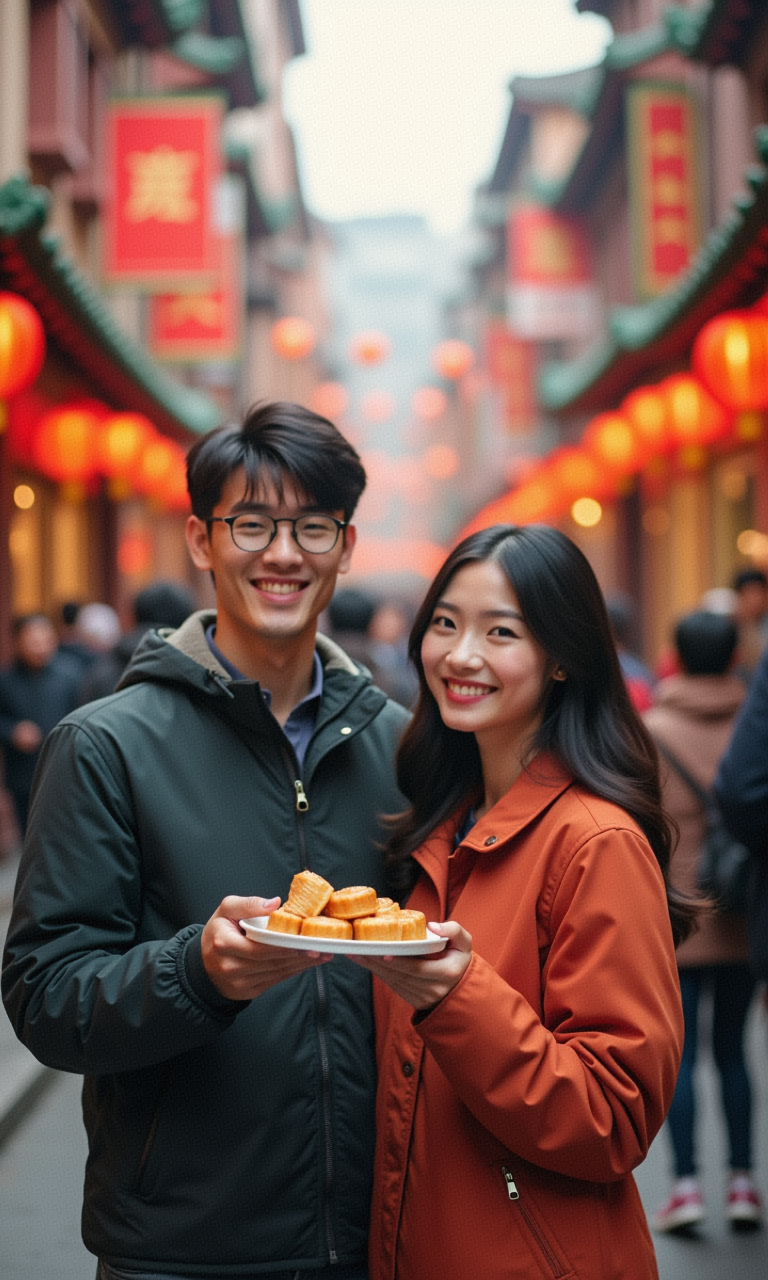
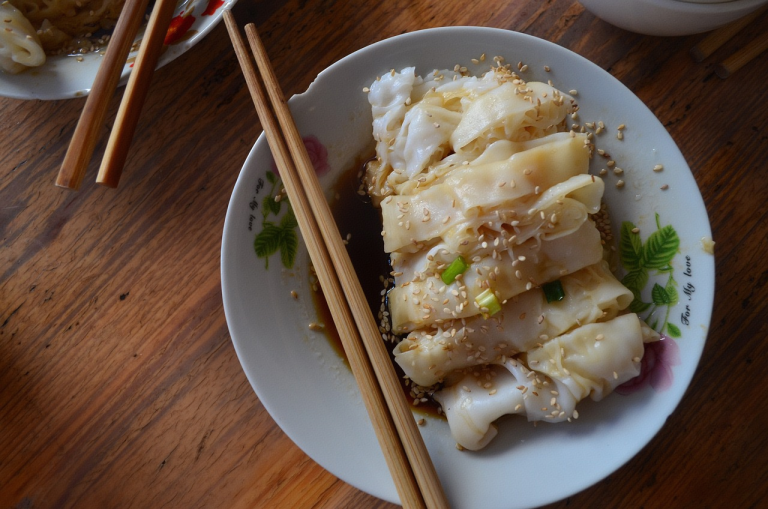
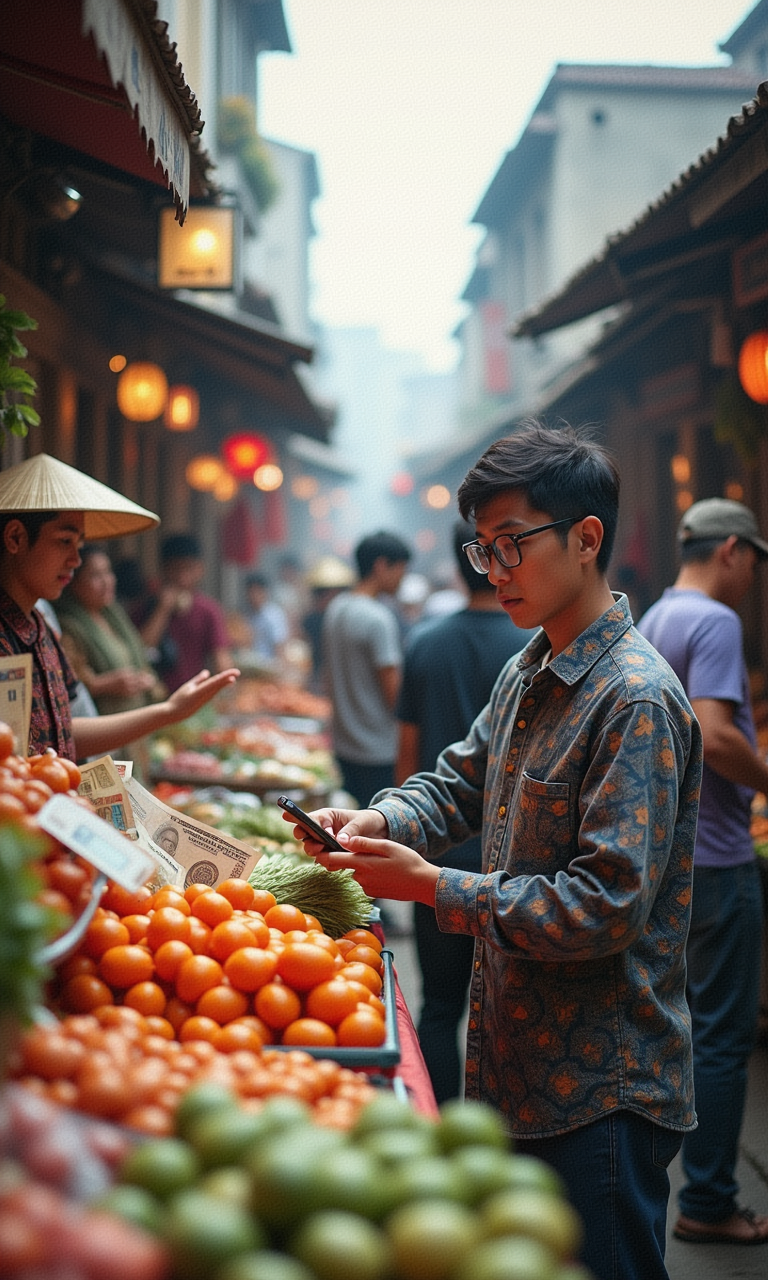
Day 9: Lion Dances & Claypot Alchemy
A day trip to Foshan revealed martial arts roots at Zumiao Temple, where lion dancers leaped between poles. Lunch at Zu Miao Fang introduced heng qin sheng hao – plump oysters grilled with garlic and vermicelli. But dinner was revelation: at Hui Ji Jia, chef Huang’s jujube claypot chicken arrived bubbling with caramelized shallots and dates. The chicken? Fall-apart tender. The sauce? Sweet-savory nirvana. Paired with huang jiu (yellow wine), it was Cantonese comfort perfected.
Day 10: Last Bites & Lingering Flavors
My final morning began at Lin Heung Tea House – Guangzhou’s oldest dim sum hall where trolleys still clatter between marble tables. Elderly regulars scrutinized my choices: “Try the cha siu sou!” one insisted, handing me flaky pork pastry. For lunch, I returned to Tao Tao Ju for their siu mei platter: char siu glistening like rubies, crispy-skinned roast pork, and soy chicken with ginger-scallion oil. As I boarded my flight, suitcase heavy with lap cheong sausages and preserved fruits, I realized Guangdong hadn’t just fed me – it had rewired my taste buds.
Practical Bites:
Budget: $70-100/day including food, transport, and mid-range hotels. Splurge on high-end meals ($50-100/person).
Transport: High-speed trains connect cities efficiently. Metro systems in Guangzhou/Foshan. DiDi app essential.
Pitfalls: Avoid tourist-trap restaurants near landmarks. Tea ceremony scams exist – confirm prices first. Carry tissues – many small eateries don’t provide them.
When to Go: October-March for cooler weather. Summer brings heat and humidity.
“Guangdong taught me that perfection lies not in complexity, but in honoring each ingredient’s essence.”

This journey sounds incredible! I’m planning a similar trip. Could you break down the budget a bit more? How much did you spend on food vs. accommodation?
Great question! I spent about $800 total for 10 days. Breakdown: $400 on food (including some splurges), $300 on hotels, and $100 on transport. Street food is incredibly affordable!
That double-skin milk pudding in Shunde looks divine! Do you remember the exact address of Ren Sheng Milk Shop? And is it very crowded?
Ren Sheng is at 68 Hua Xia Road, Shunde. Go on weekdays before 3 PM to avoid crowds. It’s worth the wait though!
I just got back from Guangzhou and loved Tao Tao Ju! Did you try any other century-old restaurants? Also, how did you handle the language barrier?
Glad you enjoyed Tao Tao Ju! I also loved Pan Xi Restaurant (established 1947) for their dim sum. For language: most menus have pictures, and I used Google Translate’s camera feature.
Planning my trip for next year! You mentioned October-March is best, but is early October still too hot? And how about the crowds during Chinese holidays?
Early October can still be warm (around 30°C) but less humid than summer. Avoid Golden Week (first week of October) as it’s extremely crowded. Late October to November is ideal!
This trip sounds amazing! I’m vegetarian. Are there enough options in Guangdong? Especially in Shunde and Chaozhou?
Absolutely! Cantonese cuisine has many vegetable dishes (try stir-fried pea shoots, Buddha’s delight). Teochew cuisine features great tofu and mushroom dishes. Just inform restaurants you’re vegetarian (素食者).
Your description of the crispy pork knuckle made me book a flight to Guangzhou! Thank you for the inspiration!